


Bai Shao (White Peony)
Peony is a traditional famous flower in China, known as the “Flower God of May,” and has been favored by people from ancient times to the present. The Tang Dynasty poet Han Yu wrote: “The overwhelming fragrance was once unknown, the red lanterns flicker, and the green plates are like dragons.” From the words “overwhelming” and “fragrance,” it is evident that the peony flowers are very beautiful and fragrant. Peony is used medicinally from its root, which is white in color, hence the name “Bai Shao.” The Han Dynasty’s Shen Nong Ben Cao Jing states: Bai Shao “treats evil qi abdominal pain, eliminates blood stasis, breaks up hard masses, treats cold and heat hernias, alleviates pain, promotes urination, and tonifies qi.” Bai Shao has a long history of use and is one of China’s well-known traditional medicinal materials.
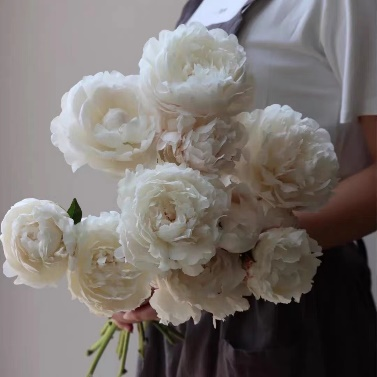
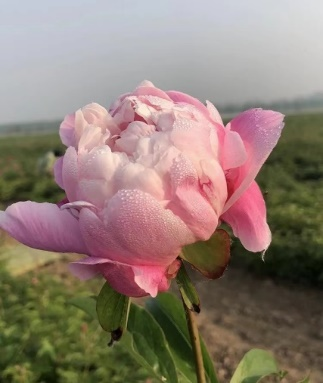
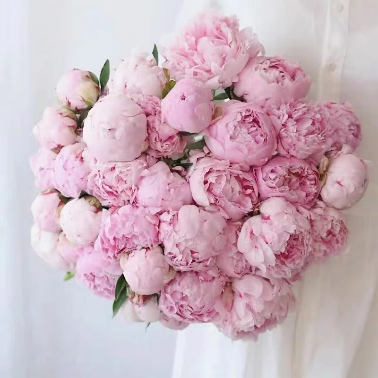
Source
Bai Shao, the name of the medicinal herb, refers to the dried root of the peony plant, Paeonia lactiflora Pall.
Botanical Characteristics
Peony is a perennial herb. The root is thick, spindle-shaped or cylindrical, and dark brown. The stem is erect, branching at the top, with several membranous scales at the base. The leaves are alternate, with shorter petioles at the top of the stem, and the lower part has twice-pinnate compound leaves, while the upper part has three-pinnate leaves. The leaflets are narrow-ovate, gradually pointed at the tip, wedge-shaped at the base, with white cartilaginous serrations on the edges, glabrous on both sides, and the lower edge of the leaf veins has sparse short soft hairs, close to a leathery texture. The flowers are bisexual, with several blooming at the top of the stem and in the leaf axils, lanceolate, varying in size; there are 4 sepals, broad-ovate, green, persistent. The petals number 9-13, obovate, white, sometimes with deep purple spots or pink at the base; cultivated varieties have petals of various colors and may be double-flowered; there are numerous stamens with yellow anthers; the flower cup is shallow and cup-shaped, enveloping the base of the carpels, with blunt and rounded lobes at the tip; the carpels number 2-5, free, and glabrous. The fruit is a capsule, oval or oval-shaped, with a beak at the tip. The flowering period is from May to June, and the fruiting period is from June to August.
Growing Environment
Peony prefers a warm and humid climate, is cold-resistant and drought-resistant, and grows wild in hillside grasslands and under forests. Most medicinal uses today are from cultivated varieties.
Distribution
Mainly produced in Zhejiang, Anhui, Sichuan, and other regions.
Harvesting and Processing
The roots are harvested in summer and autumn, cleaned of soil and fibrous roots, scraped of rough skin, briefly boiled in boiling water to soften the roots, and then dried. They can be used raw or stir-fried.
Characteristics of the Medicinal Material
It is cylindrical, straight or slightly curved, with flat ends, 5-18 cm long and 1-2.5 cm in diameter. The surface is whitish or light brownish-red, smooth or with longitudinal wrinkles and fine root marks, occasionally with remnants of brownish-black outer skin. The texture is solid and not easily broken, with a relatively flat cross-section, whitish or slightly brownish-red, with distinct growth rings and radiating rays. The aroma is faint, and the taste is slightly bitter and sour.
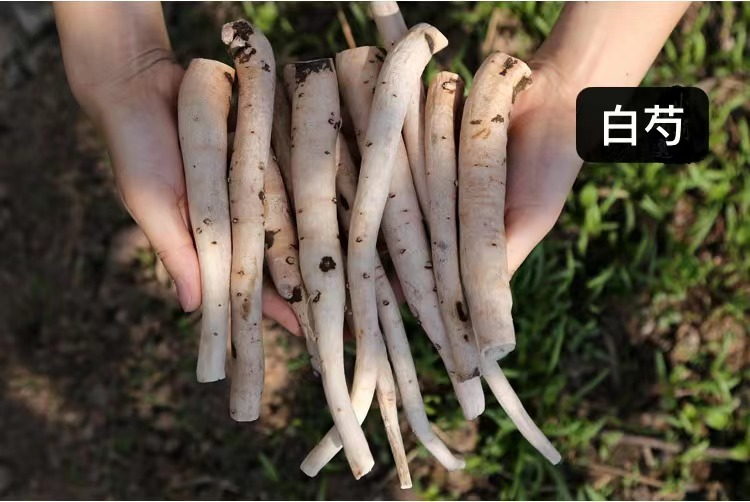
Properties and Channels
Taste: bitter, sour; Nature: slightly cold; Channels: Liver, Spleen.
Functions
Tonifies blood, astringes yin, softens the liver, alleviates pain, and pacifies liver yang.
Indications
1. Liver blood deficiency, irregular menstruation: Bai Shao is sour, astringes liver yin to nourish blood, often used with Shu Di (Rehmannia), Dang Gui (Angelica), etc., to treat liver blood deficiency, pale complexion, dizziness, palpitations, or irregular menstruation, and excessive bleeding.
2. Disharmony between liver and spleen, chest and abdominal pain, and limb cramps: Bai Shao astringes liver yin, nourishes blood, softens the liver, and alleviates pain.
3. Liver yang hyperactivity, headache, and dizziness: Bai Shao is sour, which astringes, nourishes blood, astringes yin, and pacifies liver yang.
Dosage
Decoction, 5-12 g. For pacifying liver yang, it is used raw; for nourishing and softening the liver, it is stir-fried.
Precautions
Bai Shao is a cold and cool herb, contraindicated for those with yang deficiency and cold. Bai Shao is incompatible with Li Lu (Veratrum).
Herbal Combinations
1. Bai Shao with Wu Yao (Lindera): Bai Shao excels at nourishing blood and softening the liver, alleviating pain; Wu Yao is good at promoting qi and alleviating pain, warming the kidneys, and dispelling cold. The combination enhances blood nourishment and qi movement, dispelling cold and alleviating pain, suitable for qi and blood stagnation, and abdominal pain.
2. Bai Shao with Gou Qi Zi (Goji Berries): Bai Shao excels at nourishing blood and softening the liver, alleviating pain; Gou Qi Zi is good at tonifying the kidneys and benefiting essence, nourishing the liver, and brightening the eyes. The combination enhances blood nourishment, softening the liver, and tonifying the kidneys, suitable for dizziness, dry mouth, and palpitations.
3. Bai Shao with Chi Shao (Red Peony): Bai Shao is bitter, sour, slightly cold, entering the liver and spleen blood channels, with sourness for astringing, and bitterness for clearing heat, thus having the function of nourishing blood and astringing yin. Chi Shao is bitter and cold, entering the liver blood channel, able to clear heat from the blood and disperse blood stasis, being an essential herb for cooling blood and dispelling stasis. The combination of one dispersing and one astringing, one purging and one tonifying, works together to clear heat, cool blood, invigorate blood, nourish blood, harmonize the nutrients, and soften the liver to alleviate pain.
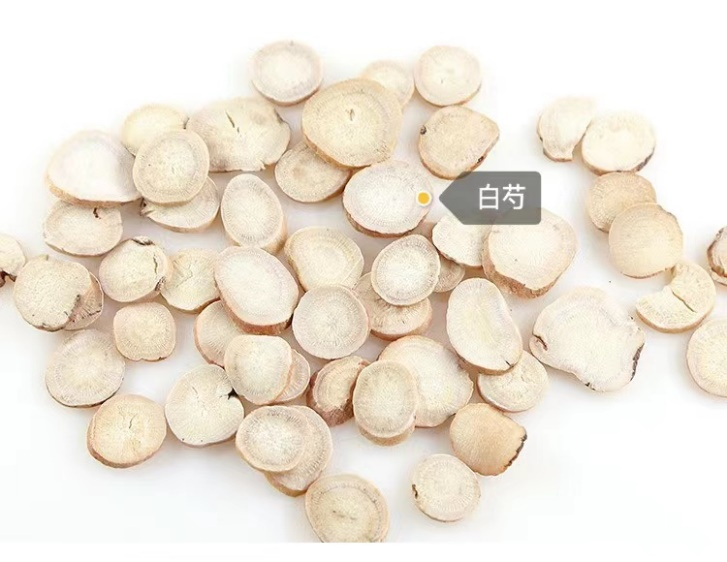
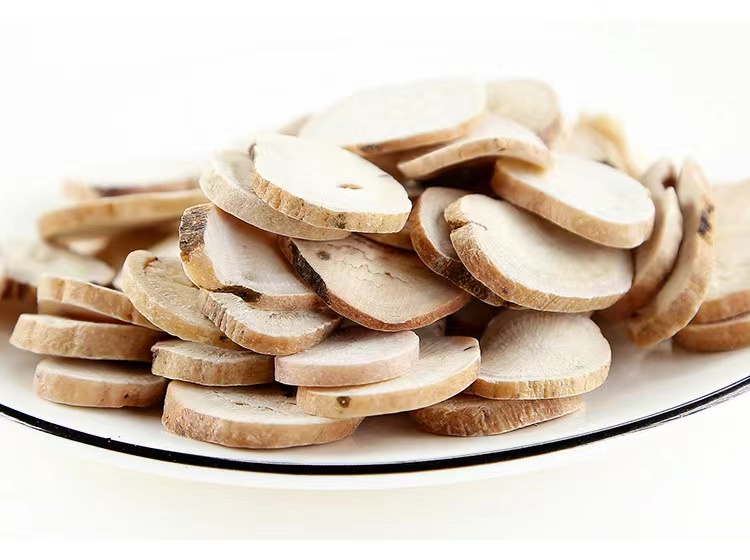
Source: Traditional Chinese Medicine Internal Medicine
Reviewed by: Li Zongxin
Edited by: Yu Shan
(Some images and text sourced from the internet; please contact the author for removal if there is any infringement.)


